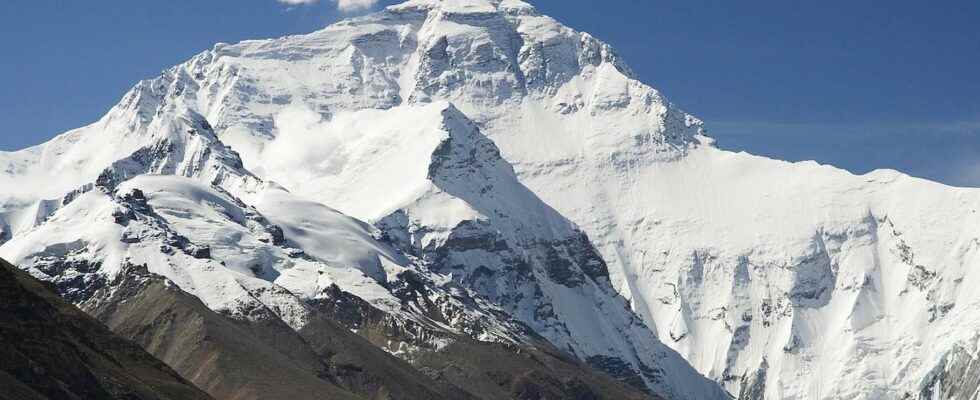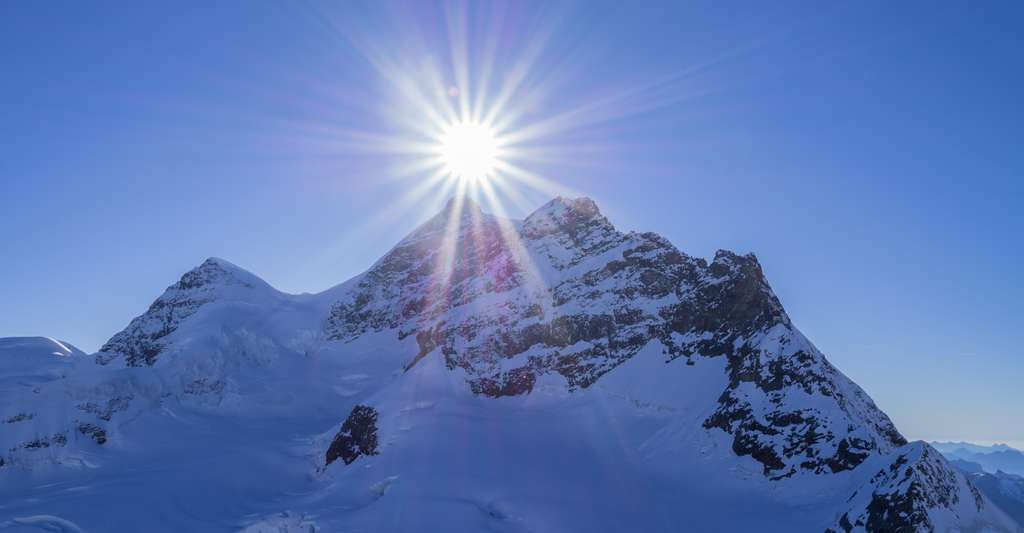As you climb a mountain, the temperatures drop. This is a well known fact, even to those who have never experienced it. A consequence of a fundamental law of thermodynamics.
You will also be interested
[EN VIDÉO] Around the world in 6 summits Africa, Americas, Antarctica, Asia, Europe and Oceania each have their superb highlight. All snow-covered – although Kilimanjaro sees its white cap shrinking – they magnetically attract high-level mountaineers. Discover these superb and exceptional places with us.
In the mountains, the higher you go, the colder it gets. If this phenomenon seems obvious to us, it should perhaps surprise us a little more. Aren’t we taught that theair hot tending to rise? And that’s true. Because’hot air is less dense than cold air. But when you go up in altitude, the atmospheric pressure decreases. To maintain an identical volume, the air must therefore expand. which costs him heat. This is how the air cools.
Wanting the temperature of a gas to drop with its pressure, it is therefore the thermodynamics which lowers the temperatures as you climb the peaks. Thus the air loses about 1°C every 100 meters. Result, on top of Everest — where the atmospheric pressure is about one-third that of sea level — the average temperature is -36°C, but can reach -60°C.
Different situations depending on the layers of the atmosphere
This being said, note that it is not true that the higher one climbs in altitude in theatmosphere, the colder it is. Because out of the troposphere — or the first 12 kilometers of our atmosphere — we enter a layer of air in which things do not happen in the same way. In the stratosphere indeed, the UV rays which reach us from the Sun are absorbed by the oxygen which is transformed into ozone. The temperature increases. At some 50 kilometers above sea level, the temperature drops to 0°C.
In the mesosphere — up to an altitude of 80 kilometers — as in the troposphere, on the other hand, the temperature drops with altitude and can reach around -75°C. Finally in the thermospherethe temperature becomes vertiginous under the direct action of the rays UV of the Sun on oxygen molecules.
Interested in what you just read?

